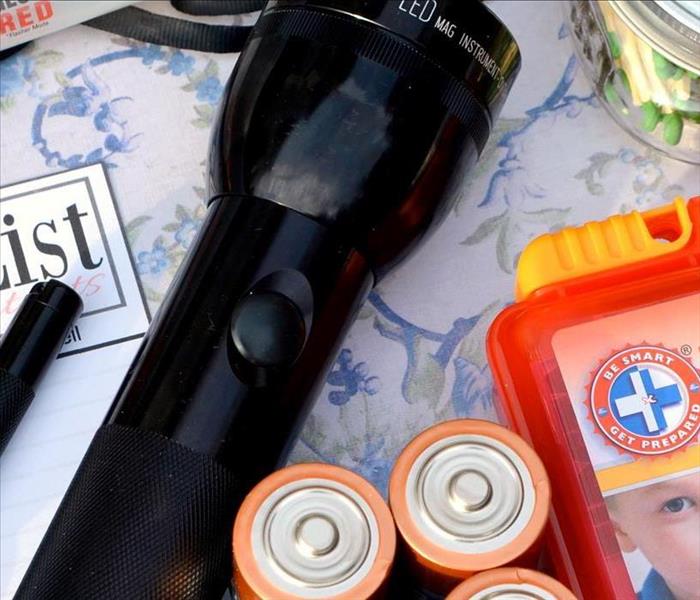Preparing for winter storms
1/17/2018 (Permalink)
In certain parts of the United States, you have to be prepared for the conditions that come with winter. Conditions can change rapidly, and become hazardous with little to no warning. You should always be prepared whether you’re at home or driving on the roads. A lot of people don’t realize that when you’re at home, there are still risks associated with cold, snowy conditions. If your electricity goes out during a storm, you may run the risk of freezing.
A major winter storm can last for several days, and in some cases, it can have high winds with it. Strong winds and high humidity can create a lower wind chill factor, increasing the risk of frostbite to exposed skin. Winter storms can make driving and walking hazardous. Always listen to the radio and tv for the latest forecast. You should also visit the Wyoming Department of Transportation’s travel information site, at http://www.wyoroad.info , before doing any traveling.
Here are some tips on how to be prepared for a winter storm:
Before a winter storm:
- Have a disaster plan.
- Prepare a disaster supplies kit for your home and car. Include a first aid kit, canned food with opener, bottled water, battery-operated radio, extra batteries, flashlight, protective clothing, and blankets, and matches.
- Be aware of changing weather.
During a winter storm:
- Stay indoors and dress warmly.
- Eat regularly. Food provides the body with energy for producing its own heat.
- Drink water. Also, drink warm broth and juices.
- If you must go outside, wear layered clothing, mittens and a hat.
- Watch for signs of hypothermia and frostbite.
- Keep dry. Change wet clothing to prevent the loss of body heat.
- If you must drive, carry a cell phone with a fully-charged battery.
- Let someone know where you’re going, just in case your car gets stuck.
- If you’re car gets stuck, stay with it and wait for help unless help is visible within 100 yards. Use maps and car mats to stay warm.
After a winter storm
- Avoid driving until conditions have improved.
- Avoid overexertion. Heart attacks from shoveling snow are the leading cause of deaths during the winter.
- Check on neighbors to make sure they are okay.
Your friends at SERVPRO of Casper hope you have a safe and warm winter!!!




 24/7 Emergency Service
24/7 Emergency Service
